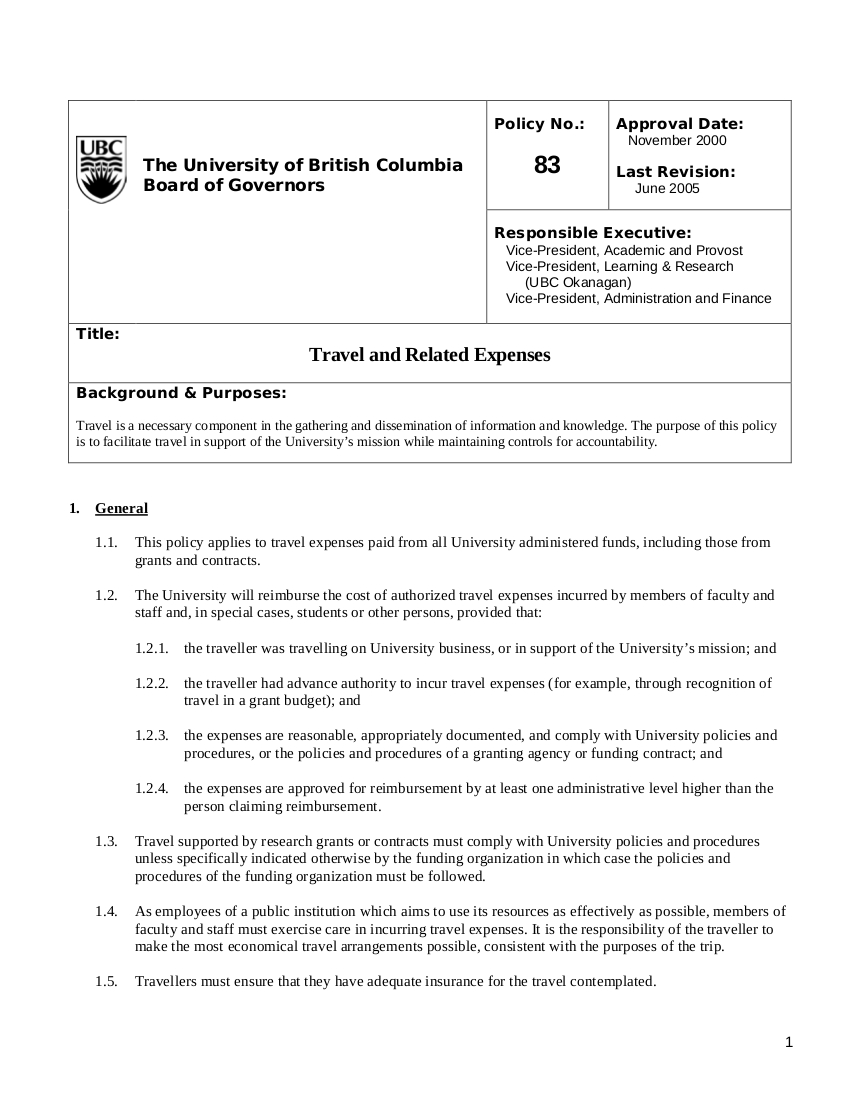


allowedValues: (Optional) Provides an array of values that the parameter accepts duringĪssignment.For oject-type parameters, the value must match the appropriate schema. Required when updating an existing policy definition that is assigned. defaultValue: (Optional) Sets the value of the parameter in an assignment if no value is given.There's one role assignment per role definition in the policy (or per roleĭefinition in all of the policies in the initiative). This property is useful in case you wish to assign permissions outside assignPermissions: (Optional) Set as true to have Azure portal create role assignmentsĭuring policy assignment.strongType: (Optional) Used when assigning the policy definition through the portal.displayName: The friendly name shown in the portal for the parameter.description: The explanation of what the parameter is used for.metadata: Defines subproperties primarily used by the Azure portal to display user-friendly.

type: Determines if the parameter is a string, array, object, boolean,.For more information, see using a parameter value. Used by the parameters deployment function within the Parameter propertiesĪ parameter has the following properties that are used in the policy definition: This prevents existing assignments of the policy or initiative from The new parameter must include theĭefaultValue property. Parameters may be added to an existing and assigned definition. You can reuse that policy for different scenarios by using different values. By including parameters in a policy definition, Parameters work the same way when building policies. These parametersĪlways stay the same, however their values change based on the individual filling out the form. Of parameters like the fields on a form - name, address, city, state. Parameters help simplify your policy management by reducing the number of policy definitions. To learn more about what it means for a policy to be deprecated or in preview, see Preview and deprecated policies. Version property or in another property as a boolean. Specific states, such as deprecated or preview, are appended to the The policy definition contains elements for:įor example, the following JSON shows a policy that limits where resources are deployed. You use JSON to create a policy definition. The policy definition policyRule schema is found here: If a policyĪssignment is applied to a resource group, it's applicable to all the resources in that resource Policy assignments are inherited by child resources. You can specify that only certain types of virtual machines are allowed. Learn more about conditions.īy defining conventions, you can control costs and more easily manage your resources. Special array alias can be used to select values from all array membersĪnd apply a condition to each one. When a resource property field is an array, a Resource propertyįields are accessed by using aliases. Resource property field or a value to a required value. Policy definitions describe resource complianceĬonditions and the effect to take if a condition is met. Azure Policy establishes conventions for resources.


 0 kommentar(er)
0 kommentar(er)
